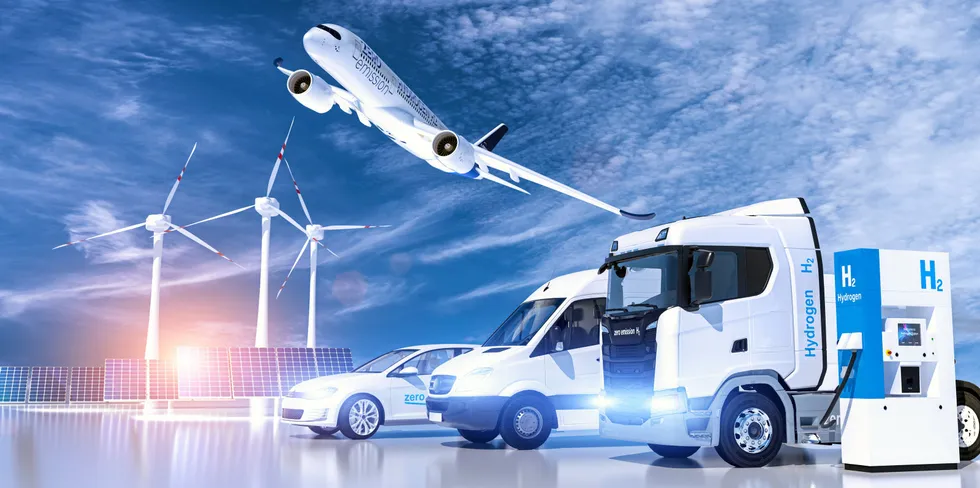IPCC report | 'Clean hydrogen needed for net zero, but only where green electric solutions not feasible'
All 193 UN nations sign off on document that casts doubt on widespread use of H2 for heating and cars, while pointing out the many challenges the sector must overcome
